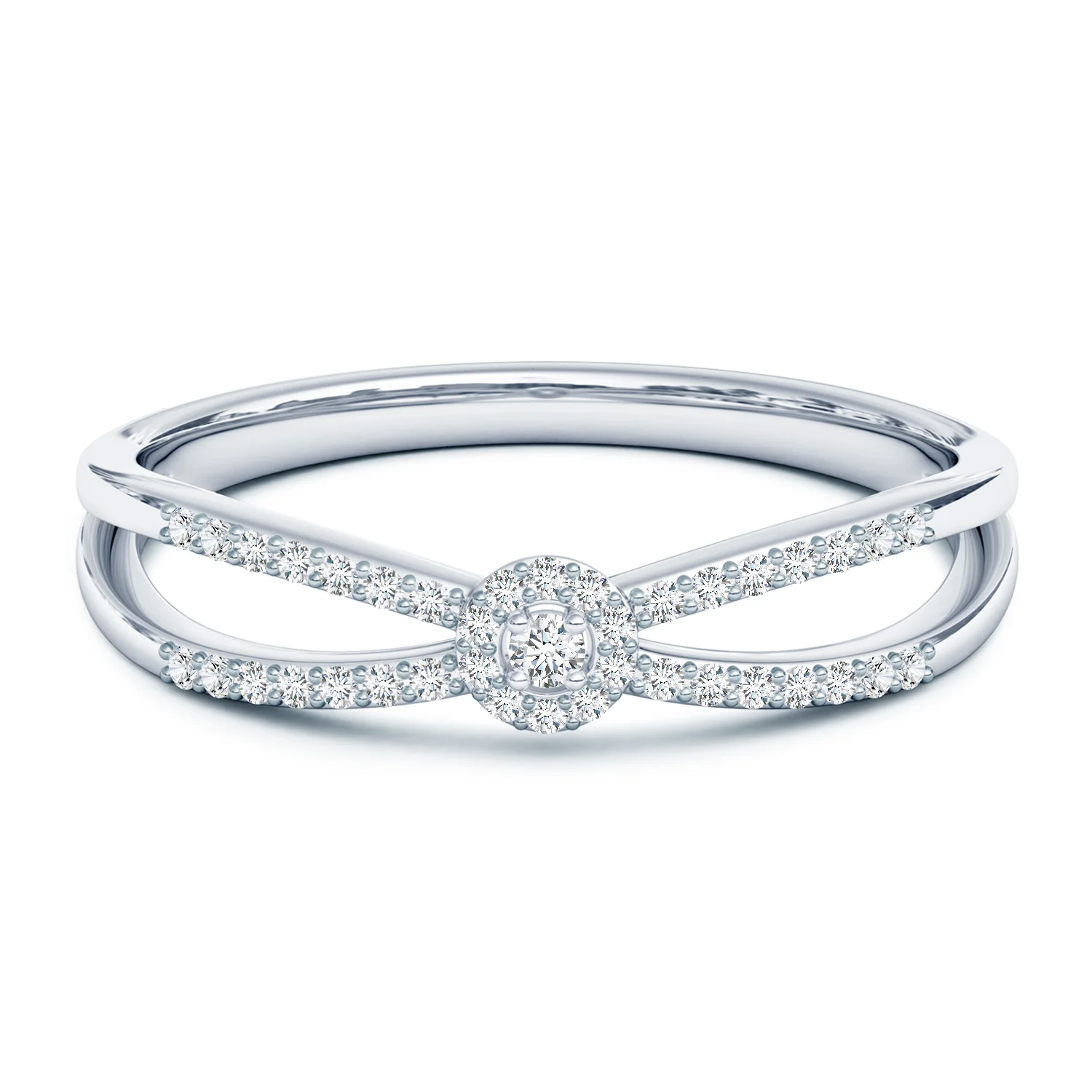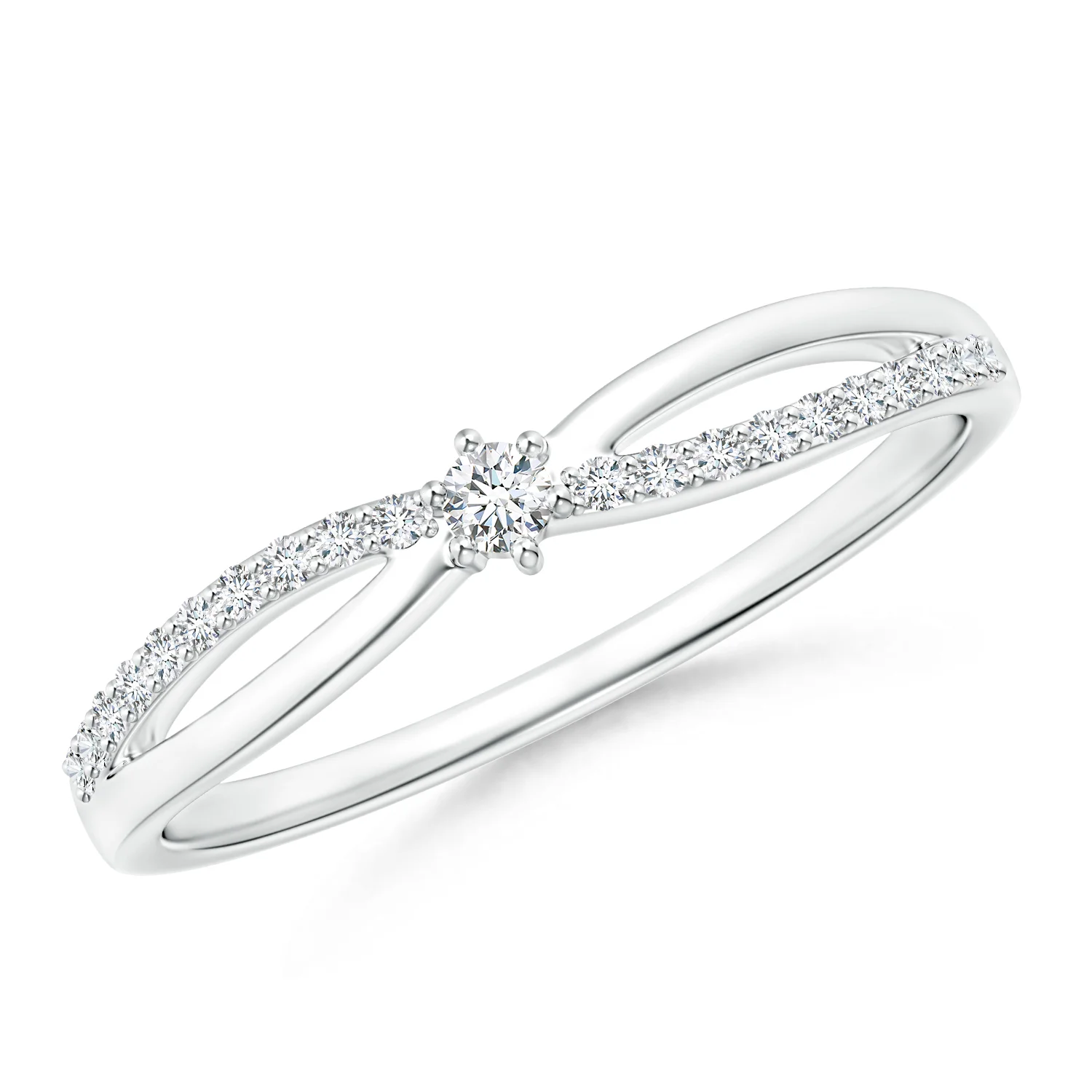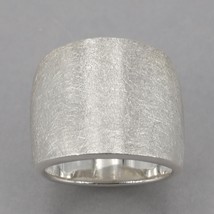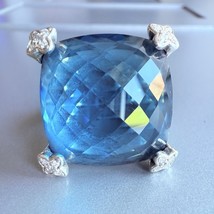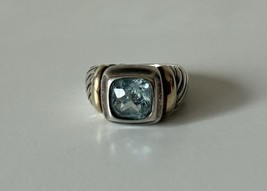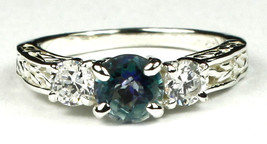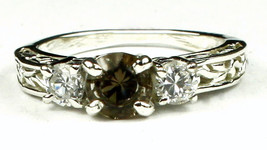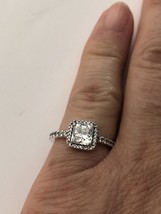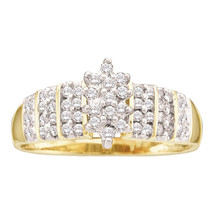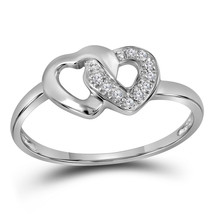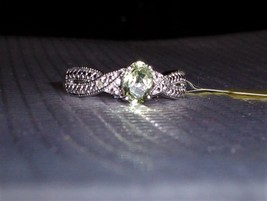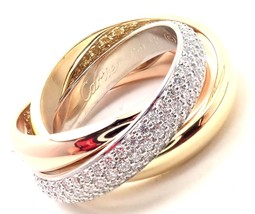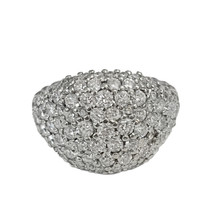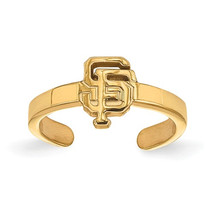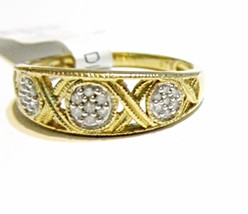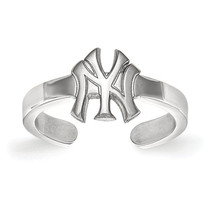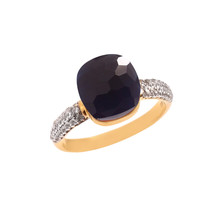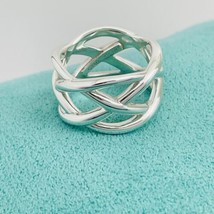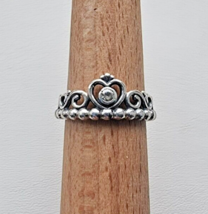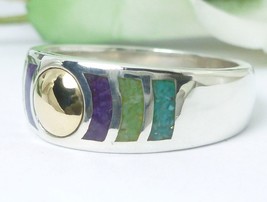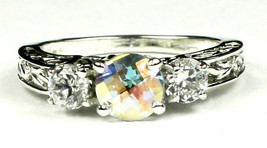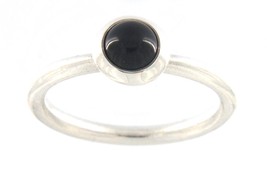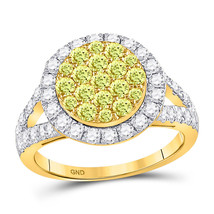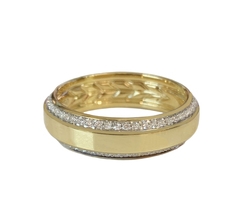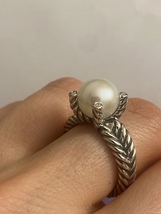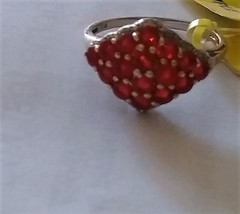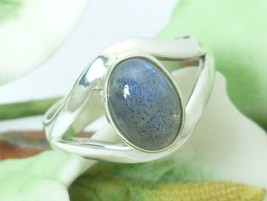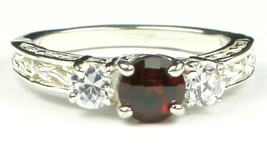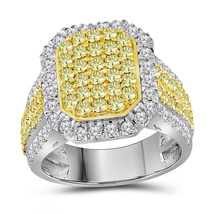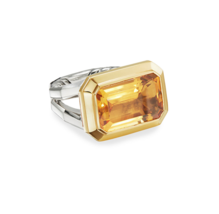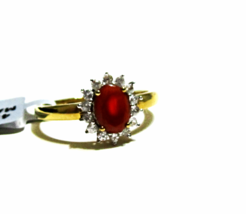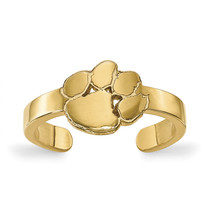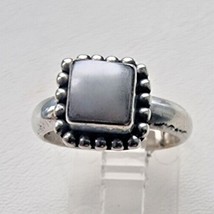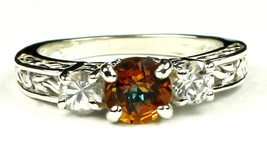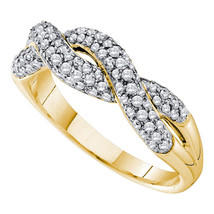EGLUSA Round Diamond Solitaire Ring - R10221 and 50 similar items
View full item details »
Shipping options
Seller handling time is 3 business days Details
FREE in United States
Offer policy
OBO - Seller accepts offers on this item.
Details
Return policy
None: All purchases final
Purchase protection
Payment options
PayPal accepted
PayPal Credit accepted
Venmo accepted
PayPal, MasterCard, Visa, Discover, and American Express accepted
Maestro accepted
Amazon Pay accepted
Nuvei accepted
View full item details »
Shipping options
Seller handling time is 3 business days Details
FREE in United States
Offer policy
OBO - Seller accepts offers on this item.
Details
Return policy
None: All purchases final
Purchase protection
Payment options
PayPal accepted
PayPal Credit accepted
Venmo accepted
PayPal, MasterCard, Visa, Discover, and American Express accepted
Maestro accepted
Amazon Pay accepted
Nuvei accepted
Item traits
| Category: | |
|---|---|
| Quantity Available: |
Only one in stock, order soon |
| Condition: |
New with tags |
| Brand: |
Unbranded |
| Main Stone: |
Diamond |
| Metal: |
White Gold |
| Metal Purity: |
14k |
| Ring Size: |
6.25 |
| Type: |
Ring |
| Secondary Stone: |
Diamond |
| Style: |
Solitaire |
| Main Stone Shape: |
Round |
| Main Stone Creation: |
Natural |
| Total Carat Weight: |
0.75 - 0.99 |
| Main Stone Treatment: |
Not Enhanced |
| Certification: |
EGLUSA |
| Occasion: |
Engagement |
| Sizable: |
Yes |
| Cut: |
Good |
| Diamond Color: |
D |
| Fancy Diamond Color: |
White |
| Ring Shape: |
Band |
| Clarity: |
SI1 |
| Total Carat Weight (TCW): |
0.83 |
Listing details
| Seller policies: | |
|---|---|
| Shipping discount: |
Seller pays shipping for this item. |
| Posted for sale: |
More than a week ago |
| Item number: |
1722141749 |
Item description
EGLUSA Round Diamond Solitaire Ring - R10221
This White Gold Ring has a beautiful round diamond as the main focus. Sparkly and white, this ring is perfect for a simple and elegant look. Comes with an EGLUSA diamond certificate.
Main Stone: Diamond
Main Stone Weight: 0.83ct
Color/Clarity: D/SI1
Metal: White Gold
Metal Purity: 14k
Stock#: R10221
Stone#: RD3748
Continue browsing our collection
Diamond
Diamond
The slightly misshapen octahedral shape of this rough diamond
crystal in matrix is typical of the mineral. Its lustrous faces also
indicate that this crystal is from a primary deposit.
General
Category
Native minerals
Dana classification
1.3.6.1
Identification
Color
Typically yellow, brown, or gray to colorless. Less often blue,
green, black, translucent white, pink, violet, orange, purple, and red.
Diamond is a metastable allotrope of
carbon, where the carbon atoms are arranged in a variation of the
face-centered cubic crystal structure called a diamond lattice. Diamond
is less stable than graphite, but the conversion rate from diamond to
graphite is negligible at standard conditions. Diamond is renowned as a
material with superlative physical qualities, most of which originate
from the strong covalent bonding between its atoms. In particular,
diamond has the highest hardness and thermal conductivity of any bulk
material. Those properties determine the major industrial application of
diamond in cutting and polishing tools and the scientific applications
in diamond knives and diamond anvil cells.
Because of its
extremely rigid lattice, it can be contaminated by very few types of
impurities, such as boron and nitrogen. Small amounts of defects or
impurities (about one per million of lattice atoms) color diamond blue
(boron), yellow (nitrogen), brown (lattice defects), green (radiation
exposure), purple, pink, orange or red. Diamond also has relatively high
optical dispersion (ability to disperse light of different colors).
Most
natural diamonds are formed at high temperature and pressure at depths
of 140 to 190 kilometers (87 to 118 mi) in the Earth's mantle.
Carbon-containing minerals provide the carbon source, and the growth
occurs over periods from 1 billion to 3.3 billion years (25% to 75% of
the age of the Earth). Diamonds are brought close to the Earth's surface
through deep volcanic eruptions by magma, which cools into igneous
rocks known as kimberlites and lamproites. Diamonds can also be produced
synthetically in a HPHT method which approximately simulates the
conditions in the Earth's mantle. An alternative, and completely
different growth technique is chemical vapor deposition (CVD). Several
non-diamond materials, which include cubic zirconia and silicon carbide
and are often called diamond simulants, resemble diamond in appearance
and many properties. Special gemological techniques have been developed
to distinguish natural diamonds, synthetic diamonds, and diamond
simulants. The word is from the ancient Greek adamas
"unbreakable".
Continue browsing our collection
Available Shipping Worldwide
Please be sure to check ALL the item's details to avoid confusion.

-
Refine your browsing experience
We can show you more items that are exactly like the original item, or we can show you items that are similar in spirit. By default we show you a mix.
This item has been added to your cart
 EGLUSA Round Diamond Solitaire Ring - R10221 added to cart.
Only one available in stock
EGLUSA Round Diamond Solitaire Ring - R10221 added to cart.
Only one available in stock
View Cart or continue shopping.
 Please wait while we finish adding this item to your cart.
Please wait while we finish adding this item to your cart.
Get an item reminder
We'll email you a link to your item now and follow up with a single reminder (if you'd like one). That's it! No spam, no hassle.
Already have an account?
Log in and add this item to your wish list.
















